The Wonder of Animals - Season 1
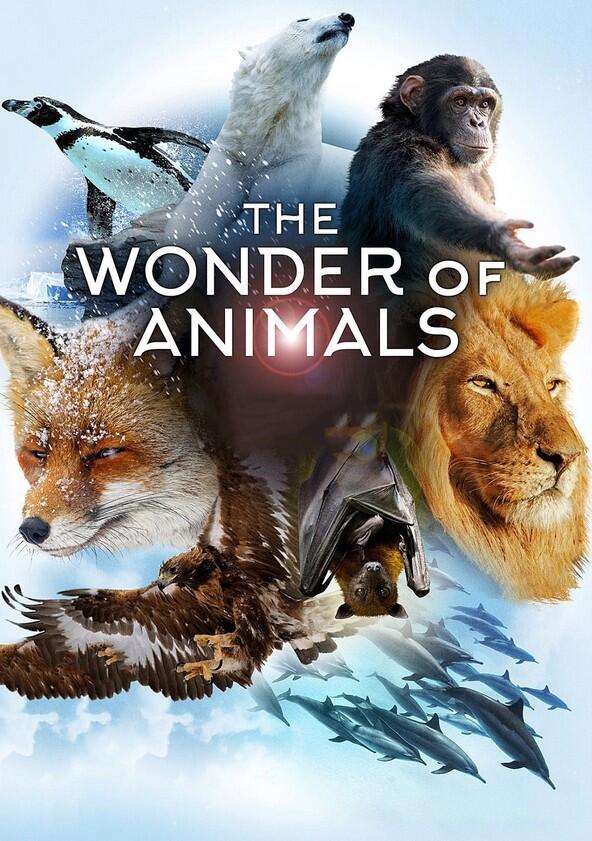
Season 1

Episodes
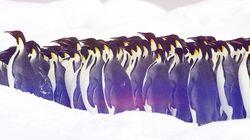
Penguins
At first sight, penguins seem ill-suited to their environment - rotund abdomens, stubby little legs and stiff wings appear to make the going tough. But in fact it is these very traits that enable this bird to thrive.
Chris explores details of the penguin's anatomy, using new scientific research to reveal how its legs, wings and body shape have allowed it to conquer an extraordinary range of habitats, from deep forests to tropical waters, bustling cities and even the toughest place on the planet - Antarctica.
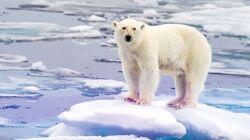
Bears
Bears can live in practically every habitat on Earth, from tropical jungles to the Arctic Ocean. Wherever they are found, they are capable of surviving extreme conditions and extracting the highest-quality food.
Detailing the latest research, Chris Packham explores the specialised adaptations that have enabled bears to thrive, including how a polar bear's hollow fur allows it to feed throughout the gruelling Arctic winter, whilst a state of 'walking hibernation' sees it through the summer months.
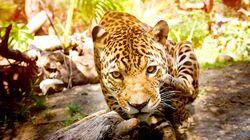
Big Cats
Chris Packham delves beneath the skin of the big cats to explore what makes them such good hunters, and he reveals that it is not all about brawn.
New scientific research shows how subtle adaptations in their anatomy and physiology contribute to the success of all stages of a big cat hunt: the stalk, the capture and the kill.
Leg hairs help the leopard to stalk and intricate muscle fibres drive the snow leopard to capture its prey. For the jaguar, jaw muscles and whiskers combine to give it a precision bite that can take down a caiman, and an enlarged area of the lioness's brain gives it the edge over all their big cat cousins.
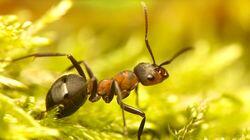
Ants
The 100 trillion ants in the world weigh as much as all the people on earth and have colonised the planet like no other animal.
Chris Packham explores the ingenious ways in which ants have collaborated to achieve their global success - natural air-conditioning systems keep ants cool in their nests, shelters made from their own bodies protect nomadic ants from the elements and a sense of smell five times more powerful than other insects allows them to overpower animals hundreds of times larger than themselves.
Remarkably, new research reveals how ant colonies are capable of immunising themselves against diseases.
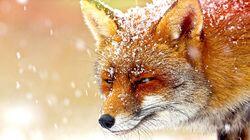
Foxes
Across the planet carnivores are struggling to compete in a world with a rocketing human population, but one predator is bucking the trend - the fox. Its numbers are increasing and its geographical range expanding.
Chris Packham explores the secrets to its success - its senses, its intelligence and its flexibility. New research reveals how its slit pupils enable it to hunt in the bright desert day; how it may be using the Earth's magnetic field to determine the location of prey during a pounce; and how regular exposure to rotting food is improving the health of the red fox, enabling it to hold its own in an increasingly urban landscape.
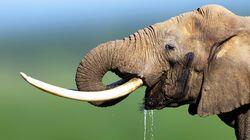
Elephants
Chris Packham explores the anatomy and physiology of the largest land animal on the planet - the elephant. Their size seems ill-suited to surviving the most arid regions of Africa, but their inner workings allow them to defy the extreme heat of the desert and find food and water in seemingly barren landscapes, while their extraordinary memory enables them to repel predators.
Chris reveals how hairs on the skin help keep elephants cool, how sensors in their feet may be able to guide them towards rain and how a unique pouch in their mouths stores water. Recent research has even discovered that elephants can distinguish between the voices of human friend and foe.
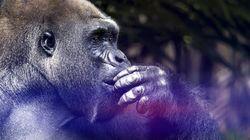
Great Apes
Chris Packham explores the evolution of the great ape's brain to reveal how different parts have been adapted over time by its anatomy, ingenuity and sociability, culminating in one of the most complex brains on the planet. Chris examines how the ability to use two hands asymmetrically sets the great ape apart from other tool-using animals and how social living is linked to the evolution of the amygdala in both humans and our ape cousins. New research reveals how bonobos' peace-loving reputation may have developed through a similar domestication process to that undergone by our pet dogs.
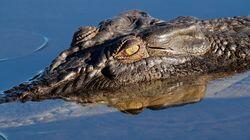
Crocodiles
Chris Packham explores what lies beneath a crocodile's hard exterior to discover the secret to its 250-million-year history. It may look like a relic from a prehistoric world, but the crocodile boasts one of the most sophisticated physiologies on the planet. By following all stages of a crocodile hunt, from the warm-up to the ambush and the kill, Chris reveals how their extraordinary circulatory system enables them to hold their breath underwater for over an hour, how exceptionally sensitive skin detects their prey through water from over 20m away and how antibacterial blood means they can feast on anthrax-ridden meat.
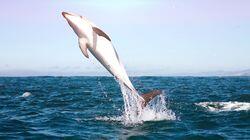
Dolphins
Chris Packham explores the success of the most widespread of marine mammals, the dolphin. Contrary to their amiable reputation, they are, in fact, ruthless predators. They hunt using a combination of specialised anatomy and complex communication, requiring a big brain.
Chris explains the inner workings of dolphin echolocation, reveals how a pod uses body movements to communicate the location of food and explores the strategies used by orcas during a hunt.
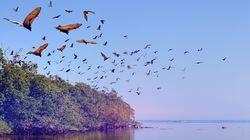
Bats
Bats have colonised remote corners of the planet to become one of most widespread mammals on earth. Chris Packham explores their incredible anatomy, physiology and senses to understand what enables them to thrive in some surprising places.
Tiny hairs on their wings give them a detailed air-flow map during flight, heat sensors on the nose of vampire bats means they can sense the most blood-rich areas of a prey's body and iron oxide particles in the bat brain may act as a compass allowing them to find the most direct route back to the roost.
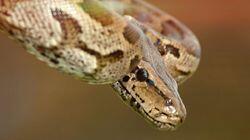
Snakes
Chris Packham delves beneath a snake's skin to discover what has made them some of the most successful predators on earth. Their simple body plan hides remarkable adaptations that enable them to rival their limbed, winged and finned counterparts.
Chris reveals the variety of ways in which snakes use their bodies not just to slither, but to climb, fly and swim. He explores how they use their senses to hunt, from heat-sensitive pits used to capture prey in the dark to tongues used to lure fish, and how venom acts not just to kill prey but also to predigest it.

Birds of Prey
Chris Packham explores what enables birds of prey to rule the aerial roost. Their ability to dominate their fellow birds in terms of strength, manoeuvrability and phenomenal speed is down to a combination of anatomical and physiological adaptations.
Chris explains the internal workings of the bald eagle's ratchet talons and how sharp eyes and a gyroscopic head enable the goshawk to keep its sight firmly fixed on both its prey and its surroundings as it tears through the undergrowth. New research reveals how pop-up feathers on the peregrine falcon's back act like pits on a golf ball to reduce drag - allowing it to reach 220mph.
Recently Updated Shows

Late Night with Seth Meyers
Seth Meyers, who is Saturday Night Live's longest serving anchor on the show's wildly popular "Weekend Update," takes over as host of NBC's Late Night — home to A-list celebrity guests, memorable comedy and the best in musical talent.
As the Emmy Award-winning head writer for "SNL," Meyers has established a reputation for sharp wit and perfectly timed comedy, and has gained fame for his spot-on jokes and satire. Meyers takes his departure from "SNL" to his new post at "Late Night," as Jimmy Fallon moves to The Tonight Show.

The Daily Show
Hosted by a rotating cast of comedy greats, The Daily Show remains the go-to source for provocative satire, insightful interviews and an award-winning team of correspondents and contributors.

Amandaland
Following three series of the Merman-produced, BAFTA award-winning series Motherland, a brand-new spin-off, Amandaland, is coming to the BBC, focused on Amanda.
Post her divorce, Amanda has had to downsize and up sticks to South Harlesden, or as the Estate Agent calls it SoHa (definitely not the area around Wormwood Scrubs prison).
With both Manus and Georgie now at secondary school, Amanda has to try and get her head around raising teenagers, dealing with modern motherhood horrors like teenage drinking, fake Instagram accounts and eco anxiety. Not even a woman as certain of her parenting as Amanda can deal with these nightmares alone.
Then there's Amanda's mother Felicity who is constantly around, and completely in denial that she is, in fact, lonely. Theirs is a slightly unhealthy co-dependent relationship based on backhanded compliments and veiled snipes about her new home.
After a brief spell of freedom, Anne is sucked back into being Amanda's minion to help her navigate the social scene with the other parents at the children's new school. Thank God for Anne.

The Pitt
The Pitt is a realistic examination of the challenges facing healthcare workers in today's America as seen through the lens of the frontline heroes working in a modern-day hospital in Pittsburgh, Pennsylvania. Each episode follows an hour of Dr. Robby's 15-hour shift as the chief attendant in Pittsburgh Trauma Medical Hospital's emergency room.
